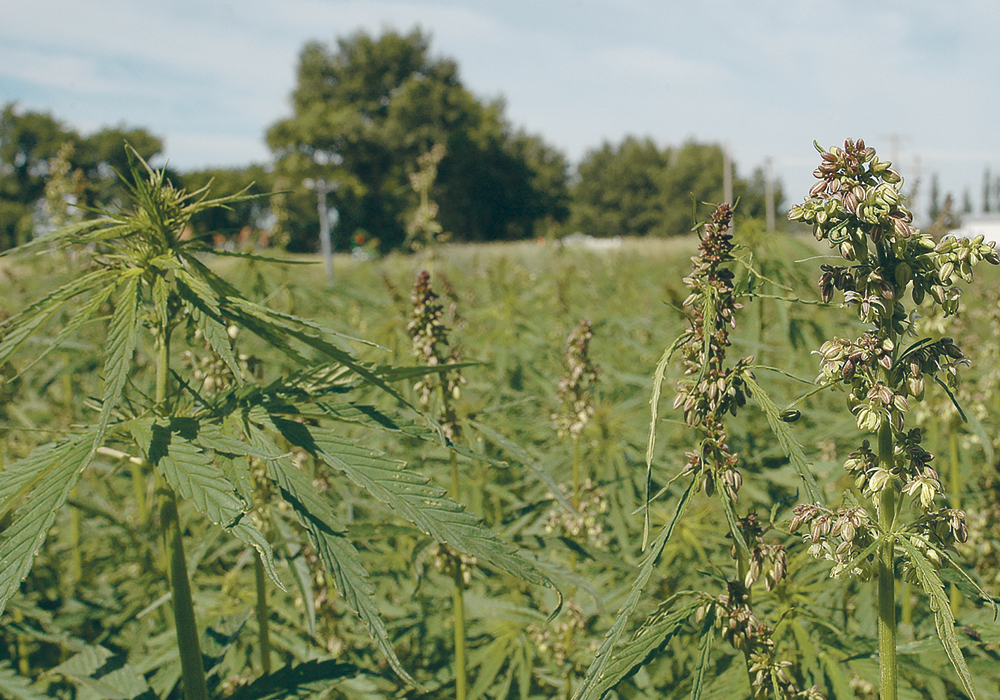Industry forecasts are suggesting 450,000 acres of the crop and $1 billion worth of industrial sales are in the future
There are high hopes for Canada’s hemp industry.
New interest and revised regulations have encouraged processing facilities and growers to spring up from coast to coast. The goal is to find markets for the entire product so grain, fibre and leaves all have value.
The challenges of growing and marketing an emerging crop were addressed at the Canadian Hemp Trade Alliance annual meeting held in Calgary Nov. 26-28, where a record crowd of 450 attended.
More acres were planted last year with greater interest in cannabidiol (CBD) production. CBD is a compound found in the leaves and flowers of industrial hemp plants and is believed to provide pain relief, have anti-inflammatory properties and possibly help combat anxiety.
Read Also

Pakistan reopens its doors to Canadian canola
Pakistan reopens its doors to Canadian canola after a three-year hiatus.
The hemp alliance has been promoting the market potential of CBD, and according to its website, predicts that global demand could grow to $17 billion by 2026, up from $1.5 billion in 2018.
Calculating acreage has been challenging. Health Canada regulates the industry and grants licenses, but that does not necessarily reveal actual production.
“We do not know the actual acres for 2019. There are still some challenges in gathering that information back,” said Russ Crawford, past-president of the trade alliance. He has been succeeded by Keith Jones, general manager of Rowland Farms in Taber, Alta., one of Canada’s largest industrial hemp growers.
Sales of hemp products in 2018 were estimated at $138 million with industry forecasts suggesting that 450,000 acres and $1 billion worth of industrial sales are in the future.
The high water mark was 2016 when South Korea bought $45 million worth of hemp seed and took a burdensome supply of seed off the market. This year could see exports improve, said Crawford.
“The export side of the industry is trending very nicely and we are looking at projecting somewhere in the neighbourhood of $117 million,” he said.
As the industry finds its footing, it hopes to get more organized by working with the Standards Council of Canada on quality control and perhaps collect an industry checkoff to support research and market development.
Research is already supporting agronomy and new variety trials as well as figuring out the best way to harvest, store and condition the crop.
This kind of work is worldwide as countries examine their regulations and open up opportunities, said Mike McGuire of Health Canada.
Health Canada’s licensing and tracking systems are intended to better monitor the industry’s activities and growth. As the industry develops and more value adding occurs, different licenses and distribution rules may be required.
As of Sept. 30, 2019, there were 819 licenses issued across Canada compared to 542 in 2018. For example, British Columbia licences went from 42 to 100 and Ontario saw the greatest growth from 53 to 182 licences.
In October, cannabis regulations were updated to establish rules for production and sale of new classes of the product, including edibles, extracts and topicals.
Industrial hemp regulations set out requirements for cultivars, and producers can grow only approved varieties. In addition, the new rules allow for the sale of hemp plants, including flowers, leaves and branches, to licensed cannabis processors to provide a source of CBD.
















